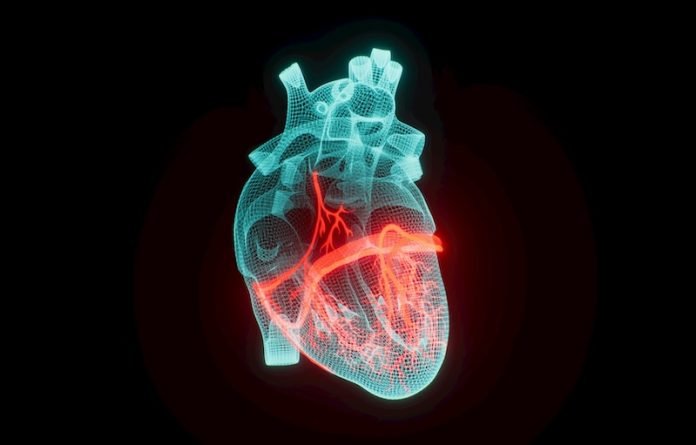
Arterial blockages in the heart, also known as coronary artery disease, occur when the major blood vessels that supply the heart with oxygen and nutrients become damaged or diseased.
Cholesterol-containing deposits, or plaques, and inflammation are usually to blame for these blockages.
Recognizing the signs of arterial blockage is crucial because early detection can lead to more effective treatment, reducing the risk of a heart attack or stroke. This review will help you understand the warning signs and why they happen.
The heart requires a constant supply of oxygen-rich blood. Coronary arteries provide the heart with this essential blood. If these arteries are blocked or blood flow is reduced, the heart cannot function properly, which can lead to serious health issues.
One of the most common and noticeable signs of arterial blockage is chest pain, or angina. People describe angina as a feeling of pressure, tightness, or squeezing in the chest.
The sensation can also spread to the arms, neck, jaw, or back. Angina is typically triggered by physical activity or stress and usually goes away with rest.
However, not all heart problems come with clear warning signs. There is such a thing as a silent myocardial infarction, or a silent heart attack, where minimal or no symptoms occur.
This is more common in people with diabetes, who might not feel pain due to nerve damage caused by the disease.
Shortness of breath is another significant sign that your heart might be struggling due to blocked arteries. If the heart can’t pump enough blood to meet your body’s needs, you may find yourself breathless after very light activity or even while at rest.
Fatigue is less specific but still a relevant symptom, especially in women. If ordinary tasks that you used to accomplish easily suddenly begin to feel like a burden, it could be a sign that your heart is not getting enough blood due to arterial blockage.
Other symptoms that might not be immediately associated with arterial blockages but can be related include nausea, heart palpitations, and dizziness.
These symptoms are also more common in women and can be misleading because they resemble many other illnesses.
Research studies continually emphasize the importance of recognizing these symptoms early.
For instance, a study published in the American Journal of Cardiology noted that patients who recognized their symptoms quickly and sought treatment had significantly better outcomes than those who delayed.
This is because the longer the heart is deprived of oxygen-rich blood, the greater the damage to the heart muscle.
Prevention and early detection of coronary artery disease involve understanding and managing risk factors like high cholesterol, high blood pressure, smoking, diabetes, obesity, and a sedentary lifestyle.
Lifestyle changes such as eating a heart-healthy diet, exercising regularly, quitting smoking, and maintaining a healthy weight can significantly reduce the risk of heart disease.
In conclusion, recognizing the signs of arterial blockage and understanding the risk factors can save lives. If you or someone you know experiences any of the symptoms mentioned above, it’s essential to consult a healthcare provider immediately.
Early intervention can prevent more serious outcomes like heart attacks and increase the chances of a full recovery. Awareness and proactive health management are key in preventing and managing heart disease effectively.
If you care about heart health, please read studies that vitamin K helps cut heart disease risk by a third, and a year of exercise reversed worrisome heart failure.
For more information about heart health, please see recent studies about supplements that could help prevent heart disease, stroke, and results showing this food ingredient may strongly increase heart disease death risk.
Copyright © 2024 Knowridge Science Report. All rights reserved.



